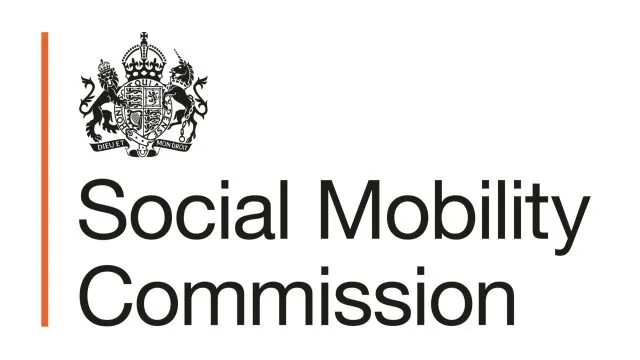Over this parliament and the last, apprenticeship reform has risen to the top of the political
agenda. This is welcome and it is urgent. For too long the vocational route has been seen as
an option for ‘other peoples’ children’, as famously described by Baroness Wolf. The
Baroness’s epithet is memorable because it states an unfortunate truth: that many people
simply do not trust the non-graduate route. As highlighted in our 2015 State of the Nation
report to Parliament, nearly three quarters of parents think vocational education is not
worthwhile. Of mothers of children born at the turn of the century, 96 per cent aspired to
university for their children. The vocational route – and youth apprenticeships are at the
core of it – is not the engine for social mobility it should be.
The government grasps the need for change. As the Skills Minister recently said:
We want to give all young people a chance to make the most of their talents and
create a better life for themselves. That’s exactly why we are committed to
creating 3 million apprenticeships by 2020.
We agree with the principle: filling skill gaps, growing the economy and improving social
mobility requires all young people to have a decent chance. This submission therefore
focuses on apprenticeship opportunities for young people aged 24 or under. We assess
recent trends and consider what the implications are for opportunity today – and what they
might tell us about opportunities tomorrow.
We conclude that the policies in place may make a real difference for many young people.
However, we find that there remain three substantial challenges to overcome if the youth
apprenticeship offer is to improve – and 16-24-year-olds are to reap the benefits of
apprenticeship growth:
- First, apprenticeship starts by young people are rising sluggishly – and are
undermined by a falling success rate: between 2010/11 and 2014/15
apprenticeships starts by under 25s increased by 4 per cent, apprenticeships by over
25s by 17 per cent. In recent years in many regions youth apprenticeship starts have
fallen in number. Further, the success rate has dropped to around 70 per cent for 16-
24s meaning a young person in some places is both less likely to start, and less likely
to finish, an apprenticeship than in the past. - Second, the majority of apprenticeship starts by young people not a step up
from their last level of study. For young people, an apprenticeship is rarely
competitive in qualification levels with academic equivalents studied by the
same age group: 68 per cent of A-level age apprentices (under 19) are studying at
GCSE equivalent; 98 per cent of degree-age apprentices (19-24) are studying at Alevel equivalent or lower. This really matters: higher qualifications bring higher
rewards. - Third, many youth apprenticeship starts are in sectors associated with lower
pay and progression prospects. The most popular frameworks for apprentices
under 19 are in Business Administration, Construction Skills, Hairdressing and Children’s Care. All of these are associated with lower pay, relative to other
apprenticeships. And other popular youth frameworks in areas such as retail and
hospitality are associated with lower progression compared to other sectors of the
economy. Higher apprenticeships, while providing good opportunities, have untapped
potential to expand in number and in variety.
All three of these issues are further compounded by stark gender divides in the
apprenticeships young people take.
To realise the ambition of an apprenticeship system that can compete with the university
alternative and build public confidence the Commission recommends a number of specific
additions to the government’s strategy:
-
- A focus on growing the number of young people on higher apprenticeships – and aim
for at least 30,000 young people starting a higher apprenticeships a year by 2020. - A UCAS like system for vocational choices that brings together not just what courses
are available, but their likely outcomes – so young people can opt for quality choices.
- The Department of Business to publish an ‘apprenticeship opportunity tracker’ – a
regular data release by government clearly describing progress towards improving
the social mobility potential of apprenticeships. This will ensure focus is on high
quality courses and the young, rather than lower-level frameworks and older people.
- This should be coupled with wider efforts to improve the pay and progression of
sectors where this is a problem.
- A focus on growing the number of young people on higher apprenticeships – and aim
